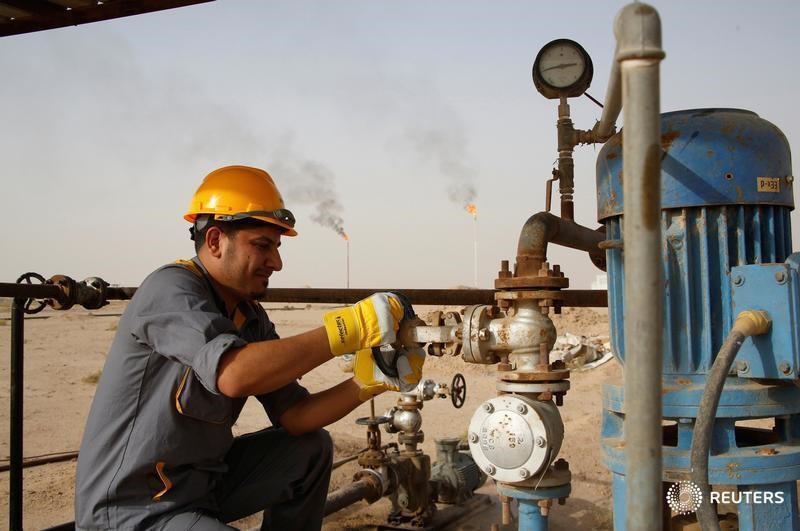By Geoffrey Smith
Investing.com -- Crude oil prices rose to fresh nine-month highs on Thursday as the prospect of a stimulus package in the U.S. and a free trade deal between the EU and U.K. underpinned expectations of a more positive macro backdrop for the coming year.
Prices were also supported by the further weakening of the dollar, which hit its lowest in over 2 1/2 years overnight. A weak dollar makes it cheaper for buyers in emerging markets, which are the fastest growing source of demand for oil.
By 11:20 AM ET (1620 GMT), U.S. crude futures up 0.8% at $48.17 a barrel, having earlier hit an intraday high of $48.60, while Brent futures, the international benchmark, were up 0.6% at $51.38 a barrel.
The market chose to look through another set of weak labor market data from the U.S., with another 885,000 Americans filing initial claims for jobless benefits last week. Wednesday’s retail sales report had indicated that rising layoffs had started to affect household spending, with sales falling for the first time in six months.
There were, however, stronger data from the housing market, where housing starts hit a nine-month high, reinforcing hopes that demand for diesel at least will outlast the peak delivery season for online shopping.
The market has been in positive mood since the U.S. government’s inventory data contradicted the American Petroleum Institute’s assessment of national oil stocks. The Energy Information Administration said U.S. crude stockpiles fell by over 3 million barrels last week, while the API had said they rose by as much.
The biggest factor underpinning hopes for 2021 demand remains the distribution of vaccines that will allow a speedy return to normal behavior by businesses and households. The U.S. Food and Drug Administration’s advisory panel is set to recommend Moderna’s vaccine for emergency use authorization later, adding to its already existing authorization for the Pfizer-BioNTech jab.
However, analysts warn that distribution issues will ensure that the impact on oil only comes with a delay.
“Restrictions will remain in place, leaving the market with a precarious situation in the first quarter,” said Rystad Energy’s Bjornar Tonhaugen in emailed comments. “OPEC+ will decide on Jan 4 whether it can continue to increase production by 500,000 bpd also in February, and it looks now as if they may need to hold somewhat back to not derail the market recovery.”
